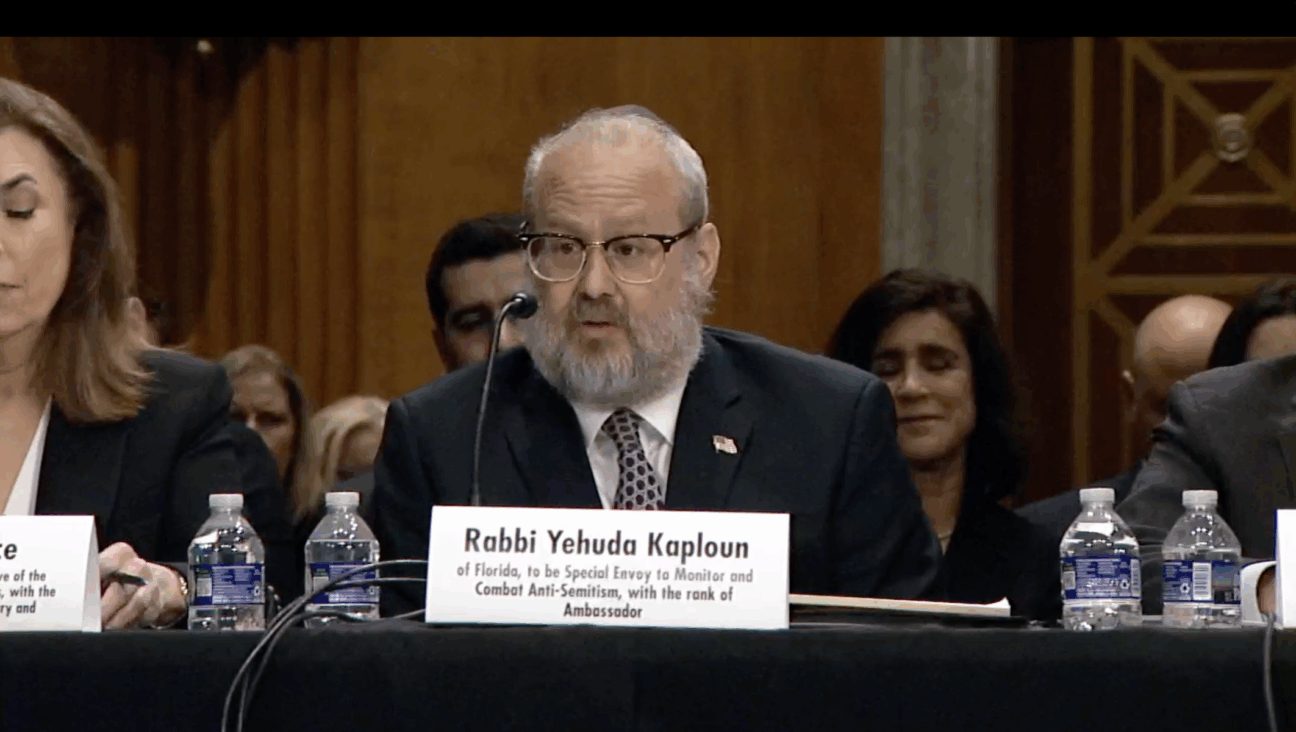Why You Don’t Need ‘Female Viagra’

Image by Lior Zaltzman
Let’s start by de-mythologizing flibanserin, approved by the FDA last week. Despite headlines to the contrary, this drug, to be marketed as Addyi, has nothing whatsoever to do with Viagra. Erectile dysfunction drugs are purely physiological i.e. they give men erections. For women, the “little pink pill” has long been an elusive profit-making dream for the pharmaceutical industry because “getting it up” is a bit more complicated.
For years, “Big Pharma” worked to get something — perhaps anything — to market for the persistent problem of women’s lagging libidos. Sprout Pharmaceuticals, the makers of Addyi, created a designed to convince women that gender-inequity was at the root of the absence of such a drug. Even though filbanserin’s scientific data failed to warrant FDA approval after several attempts, Sprout’s marketing campaign and fierce lobbying eventually got it through on August 18th, 2015. To do this, Addyi medicalizes something that may not even be a real condition and is a highly controversial diagnosis — Hypoactive Sexual Desire Disorder (HSDD).
Of course, women deserve attention for lagging desire – but do they need this pill? I think not.
Addyi may only work in ten percent of women. It has alarming side effects, including dizziness, low blood pressure, insomnia, dry mouth, fatigue and nausea (how sexy!) and Israeli doctors think it’s dangerous and unnecessary. This drug was initially developed as an anti-depressant, which begs the question — what comes first, the depression or the lack of libido?
This deeply divisive drug has created two camps: advocates that believe the lack of a women’s libido drug is a sexist plot, and anti-flibaserin types who seem to think that it’s natural for women’s sex drives to decline, so why bother artificially bolstering them?
I’m a sex-positive feminist that falls in neither of the above camps, and think that the ongoing debate entirely misses the point. It’s true that libido issues seem to be legion for women of all ages. Sex makes us healthier, reduces stress, and helps us live longer, so we need it early and often (if nothing else, we really need orgasms, even if we don’t currently have partners). If we don’t want sex as much as we once did, there can be a host of reasons why, and we need to address them before we even consider popping a pill.
The problem is not whether we have access to drugs, but whether we have access to what makes our own bodies tick. Candidates for Addyi, if you believe the hype, would mostly be women in long-term relationships for whom the spark has gone out. They once lusted for their spouses, but five, ten, or fifteen years on, not so much. As with almost everything else, women blame themselves for their lack of desire, internalizing a sense of brokenness.
But perhaps it’s our cultural myths that impede our quest for pleasure, not our broken bodies.
Here are some obvious things that can dampen women’s desire: work stress, relationship issues, childrearing, hormonal changes, body dysmorphia born of the beauty myth. There is another reason that we rarely discuss: the natural erosion of lust in monogamous relationships. We tend to assume only men experience this, immediately filling out the requisite Ashley Madison profile.
But according to Daniel Bergner’s myth-busting book “What Do Women Want: Adventures In the Science of Human Desire” (Harper Collins, 2013) women may be naturally less inclined to monogamy then men. Studies have shown that women are far more sexual than we give ourselves credit for, and perhaps more inclined toward sexual novelty than men are.
So if you’ve been in a relationship for ten years and don’t want your husband as much as you once did — you’re not broken — you’re just a normal woman. This doesn’t mean you have to immediately break up or have an affair — just acknowledging that your body’s responses are normal can begin to flip the switch. And for women just getting married — acknowledging at the outset that lust will eventually decline allows space to discuss what might happen when that day eventually comes.
We’re so deeply mired in cultural misinformation about gender and sex that crawling out from under the baggage takes work. Luckily a wave of wonderful books about women’s sexuality have been published in the last five years or so, all of them addressing it in ways that we’ve dared not do before. “Sex At Dawn: The Prehistoric Origins of Modern Relationships” (HarperCollins, 2010) by Christopher Ryan and Cacilda Jetha upends some very basic assumptions about monogamy. Turns out that it’s more of a cultural construction than evolutionary psychologists would have us believe.
When it comes to the brass tacks of understanding the way your body works, “Come As You Are: The Surprising New Science That Will Transform Your Sex Life” (Simon & Schuster, 2015) by Emily Nagoski, Ph.D, is a must-read.
In addition to a really wonderful anatomy lesson for adults, Nagoski breaks down a concept called “responsive desire” that can be utterly life-changing for women who think their libidos aren’t working properly. We’ve been using a desire model based on male sexuality (wouldn’t you know it). According to Nagoski, a large number of women experience desire only after arousal has begun, which is to say after they’ve been touched.
Regarding libido issues, rather than “sexual dysfunction,” I prefer the term “sexual imbalance.” This suggests that we can apply gentle tweaks to our sex lives over time, rather than the harsh, risky interventions offered to as a quick fix by modern medicine. There will always be cases where such interventions are called for, but shouldn’t we first try to wrap our brains around what we truly want and need?
















